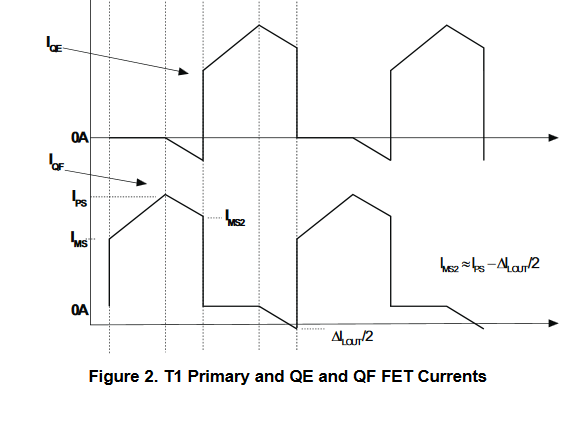hello
In SLUA560C equation no 14. circulating current when both QE and QF both on is calculated. so how is it? are both MOSFETS are carrying same current? why one is shown to carry negative current in figure 2 and whose magnitude is very small?
In relation to same free wheeling time, in TI.com/powertopologies chapter no 18. phase shifted full bride converter, page 188. why is that both the diodes are not shown conducting during freewheeling period? how these rectifier diodes behave in freewheeling period?
looking to understand operation of the secondary diodes especially,( not using synchronous rectification ) in condition when only top two MOSFET switches are on.
thanks in an
samrat


